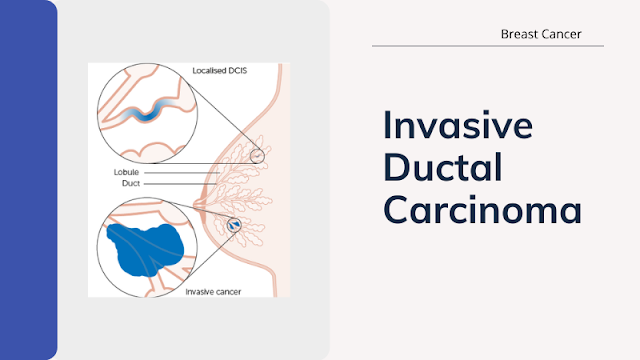How is Nintedanib helpful in Non-small cell lung cancer?
In both smokers and non-smokers, non-small cell lung cancer constitutes around 80-85% of lung cancer cases. There are various treatment options available for treating this condition, such as chemotherapy, surgery, targeted biological therapy, and so on. In this respect, mention may be made of Nintedanib, a drug whose contribution in conducting targeted therapy for this condition is immense. It is effective in people who have already chemotherapy in the past with no such promising response from the body. Not only that, but this drug is also useful for patients whose cancer has reached an advanced stage.
How does it function?
The protein kinases present on the cancer cells inside the body are targeted and blocked by this drug to stop them from growing and spreading further. That is why it is also known as cancer growth blocker. Also known as a multikinase inhibitor, Nintedanib also helps to stop the growth of the blood vessels of cancer cells. This medication used in non-small cell lung cancer treatment can actually shrink the tumor or suppress it successfully for a considerable amount of time.
How is Nintedanib taken?
The patient needs to swallow Nintedanib capsules whole with water, without chewing, crushing, or breaking them. It is strictly prescribed to follow the dose specified by your doctor. If you miss a dose for a day, do not double it. The best thing to do is wait for the time the following day and resume the schedule.
For oral use, the standard dose is 200mg per day. In case the patient's body is incapable of withstanding the side-effects and going through adverse conditions, the doctor may reduce it to Nintedanib 150 mg or 100mg each day. It is specified to consume Nintedanib 150mg with 12 hours of gap in between.
This drug is usually prescribed with Docetaxel chemotherapy for better results. The patient needs to take the medication every day with a day's gap every 3 weeks, which is reserved for the chemotherapy session. It must be continued until the body shows a proper response to the therapy.
It is also important to mention that this medication is also prescribed by doctors to treat Idiopathic pulmonary fibrosis in mild, moderate, and advanced stages.
There are some of the precautionary measures that need to be taken:
- Give complete details about yourself and your immediate family's medical history to the doctor. It is important for your physician to prescribe the right dose and start the therapy, without taking any risk that can be life-threatening in the long run.
- If you are a female who has been diagnosed with this condition, refrain from getting pregnant while starting the therapy because the drugs can impact the fetus.
- In addition to that, one must avoid breastfeeding, as well.
Side effects of Nintedanib
- Diarrhea
- Due to a drop in the WBC count, the body becomes prone to getting an infection.
- Loss of appetite
- Numbness in fingers and toes
- Dry skin, itching and skin rashes
- Mouth sores/ulcers
- Nosebleed, unusual bruising and bleeding
- Hair thinning leading to bald patches
Some of these side effects last up to 3 days while some last till the treatment is over. Inform your physician immediately if your body temperature becomes less than 36 degrees Celsius or more than 37.5 degrees Celsius.
Note that the Nintedanib capsules must be kept out of reach of children and stored at an optimum room temperature of 15-30 degrees Celsius. Before starting Nintedanib, your physician will conduct a series of medical tests to determine whether your body is fit for tolerating the effects of this medication. Not only this, but the tests are also essential to figure out if you are allergic to any of the constituents of this medicine. Seek immediate medical attention if the side effects become unmanageable.
FAQ's
What are the different types of lung cancer?
There are basically two types of lung cancer, non-small cell lung cancer (NSCLC) and small cell lung cancer (SCLC).
Non-small cell lung cancer: About 85 % of all lung cancers are NSCLC. This group includes squamous, adenocarcinoma and neuroendocrine tumors.
Small cell lung cancer: About 15 % of all lung cancers are SCLC. This type of cancer tends to grow quicker than NSCLC.
What are the symptoms of less advanced NSCLC?
Certain symptoms of less advanced cancer include coughing up blood, chronic cough, hoarseness, shortness of breath, wheezing, chest pain, loss of appetite and weight loss.
What are the symptoms associated with the early progression of NSCLC?
Certain symptoms associated with the early progression of the NSCLC are being very tired, trouble swallowing, feeling weak, swelling in the face or neck, and continuous/recurring infections such as bronchitis/pneumonia.
What are the signs of more advanced NSCLC?
Signs of more advanced NSCLC include nausea, bone pain, headache, dizziness, weakness, balance problems, seizures, jaundice, lumps near the surface of the body, numbness of the extremities due to Pancoast syndrome, and vomiting.
What are the causes of lung cancer?
Smoking is one of the leading risk factor for lung cancer. Certain other causes include air pollution, radon, exposure to secondhand smoke, exposure to substances such as chromium, soot, nickel, asbestos, beryllium, or tar, family history of lung cancer.
NOTE: The piece of information provided about "How is Nintedanib helpful in Non-small cell lung cancer" in this article is for informational purposes and is not served as a substitute for the medical treatment, consultation, diagnosis of an experienced or qualified healthcare practitioner.



Comments
Post a Comment